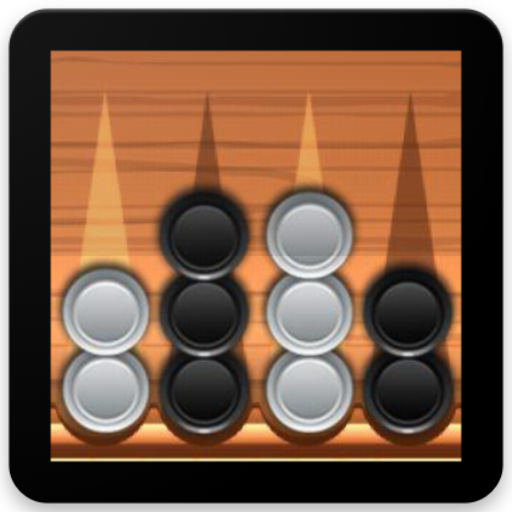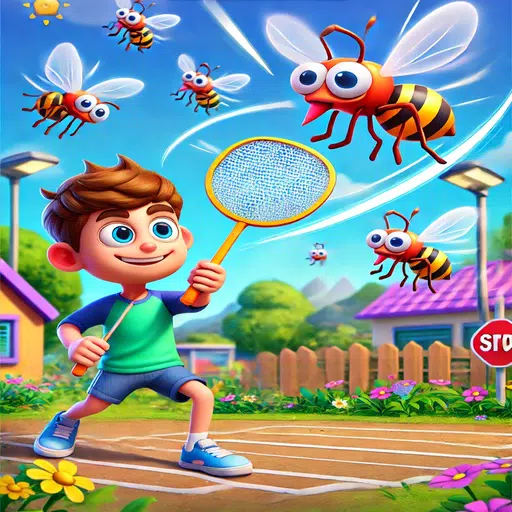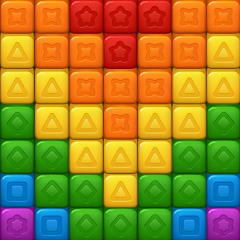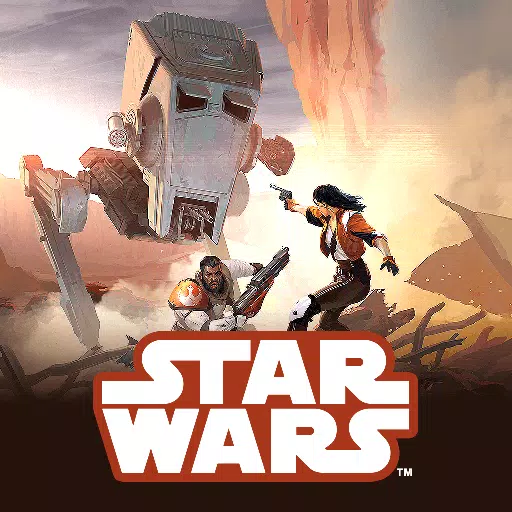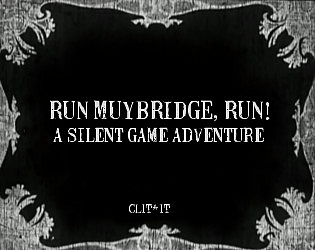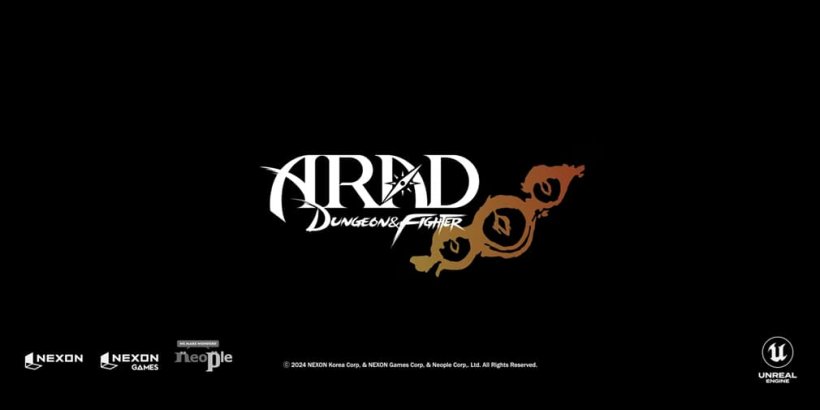Nine Sols' “Taopunk” Identity Sets it Apart From Other Souls-Like Platformers
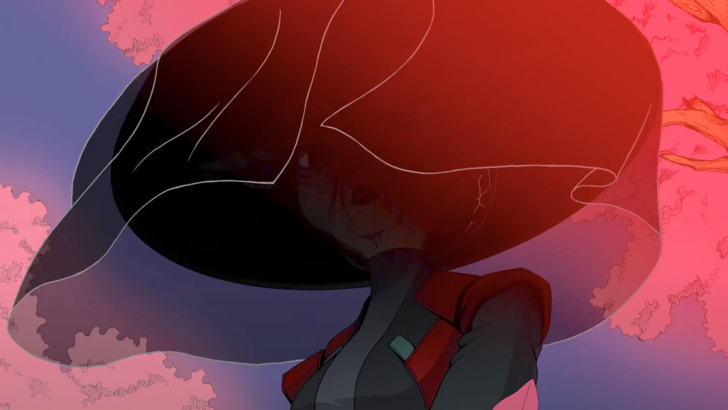 Red Candle Games' upcoming 2D souls-like platformer, Nine Sols, is poised to hit Switch, PlayStation, and Xbox consoles soon. Producer Shihwei Yang recently highlighted the game's unique features, setting it apart from the crowded souls-like genre.
Red Candle Games' upcoming 2D souls-like platformer, Nine Sols, is poised to hit Switch, PlayStation, and Xbox consoles soon. Producer Shihwei Yang recently highlighted the game's unique features, setting it apart from the crowded souls-like genre.
Nine Sols: A Fusion of Eastern Philosophy and Cyberpunk Aesthetics
"Taopunk" – Where East Meets Gritty Future
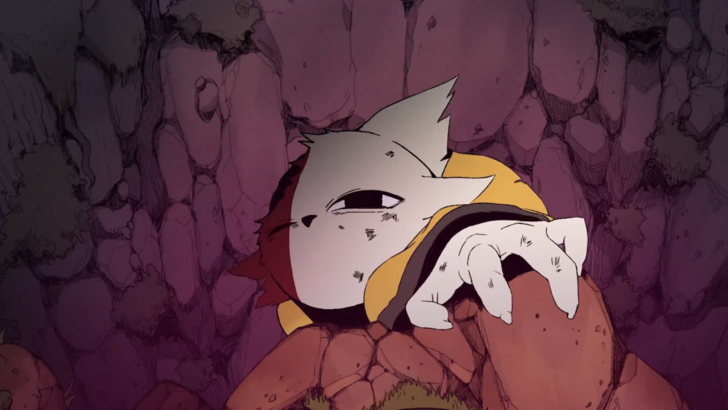 In anticipation of next month's console launch, Yang discussed Nine Sols' innovative approach, blending gameplay, visuals, and narrative under the banner of "Taopunk." This unique style marries Eastern philosophies, particularly Taoism, with the visual grit of cyberpunk.
In anticipation of next month's console launch, Yang discussed Nine Sols' innovative approach, blending gameplay, visuals, and narrative under the banner of "Taopunk." This unique style marries Eastern philosophies, particularly Taoism, with the visual grit of cyberpunk.
The game's striking visuals draw inspiration from 80s and 90s anime and manga classics like Akira and Ghost in the Shell. This influence is evident in the futuristic cityscapes, neon-drenched environments, and the seamless integration of technology and humanity. Yang stated, "Our love for '80s and '90s Japanese anime and manga, especially cyberpunk masterpieces like 'Akira' and 'Ghost in the Shell,' heavily informed Nine Sols' art style. We aimed for a blend of futuristic tech and artistic flair—nostalgic yet fresh."
This artistic vision extends to Nine Sols' audio design, which fuses traditional Eastern musical elements with modern instrumentation, creating a distinctive soundscape. Yang explains, "We aimed for a unique soundscape by combining traditional Eastern sounds with modern instruments. This fusion gives Nine Sols a distinct identity, grounding the atmosphere in ancient roots while maintaining a futuristic feel."
 Beyond its captivating visuals and audio, Nine Sols' innovative combat system truly showcases its "Taopunk" identity. Yang describes the development process: "We initially found a rhythm, creating settings that reflected Taoist philosophy while embracing cyberpunk's gritty energy. But just as we thought we could relax, a new challenge emerged: the gameplay. Designing the combat system was incredibly challenging."
Beyond its captivating visuals and audio, Nine Sols' innovative combat system truly showcases its "Taopunk" identity. Yang describes the development process: "We initially found a rhythm, creating settings that reflected Taoist philosophy while embracing cyberpunk's gritty energy. But just as we thought we could relax, a new challenge emerged: the gameplay. Designing the combat system was incredibly challenging."
The team initially looked to indie classics like Hollow Knight for inspiration, but it quickly became apparent that this approach didn't align with Nine Sols' vision. They consciously avoided mimicking other platformers, aiming instead for a unique, deflection-focused 2D action experience. Yang recounts, "We found our direction by returning to the game's core concepts. We discovered Sekiro's deflection system, which resonated deeply with us."
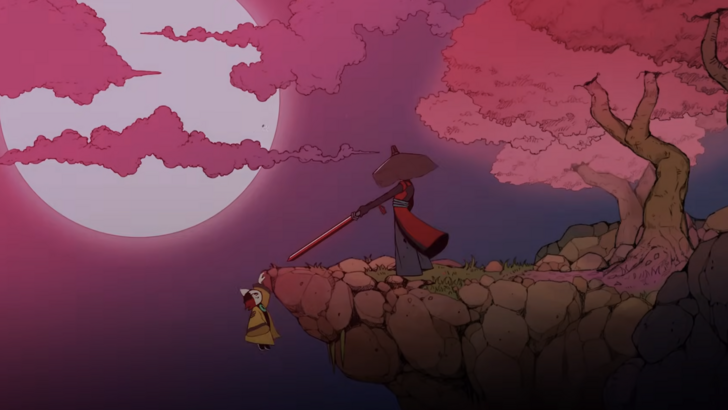 Instead of focusing on aggressive counterattacks, Nine Sols' combat emphasizes the quiet intensity and balance inherent in Taoist philosophy. This resulted in a system that "uses an opponent's strength against them," rewarding players for precise deflections and maintaining composure. However, Yang acknowledges the challenges: "This deflection-heavy style is rare in 2D, requiring countless iterations to perfect. After much trial and error, it finally clicked."
Instead of focusing on aggressive counterattacks, Nine Sols' combat emphasizes the quiet intensity and balance inherent in Taoist philosophy. This resulted in a system that "uses an opponent's strength against them," rewarding players for precise deflections and maintaining composure. However, Yang acknowledges the challenges: "This deflection-heavy style is rare in 2D, requiring countless iterations to perfect. After much trial and error, it finally clicked."
The development process organically shaped the narrative, incorporating themes of nature versus technology, and the meaning of life and death. Yang concludes, "As everything came together, the narrative amplified. Themes like nature vs. technology and the meaning of life and death naturally emerged. It felt like Nine Sols was forging its own path, and we were simply guiding it."
Nine Sols' compelling blend of gameplay, art, and narrative has garnered significant attention. For a deeper dive into the game, check out the linked review!
-
Clash Royale has unveiled a long-awaited upgrade for the Inferno Dragon. After nearly a decade soaring without an Evolution, this fiery Legend finally gets a powerful boost. To celebrate, Supercell partnered with Finnish comedian Ismo Leikola for a uAuthor : Chloe Nov 28,2025
-
The team behind Marvel Rivals has shared ambitious plans to introduce fresh heroes monthly while reducing seasonal durations. Discover what's coming after Season 2 and prepare for exciting new characters and cosmetics.Marvel Rivals Upcoming ChangesNeAuthor : Eric Nov 28,2025
- Stardew Valley: How To Befriend Willy
- DISCOVERY CHANNEL TO UNVEIL CROSSOVER IN 'Reverse: 1999' 2.0
- Crunchyroll Game Vault adds Battle Chasers: Nightwar, Dawn of the Monsters, Evan’s Remains and more
- Hotta Studio's Open-World RPG, Neverness to Everness, Announced
- Military Strategy Game Warpath Launches a Navy Update with 100 New Ships
- Half-Life 3 Speculations Spark Again as Risk of Rain Original Devs Join Valve's Game Dev Team






